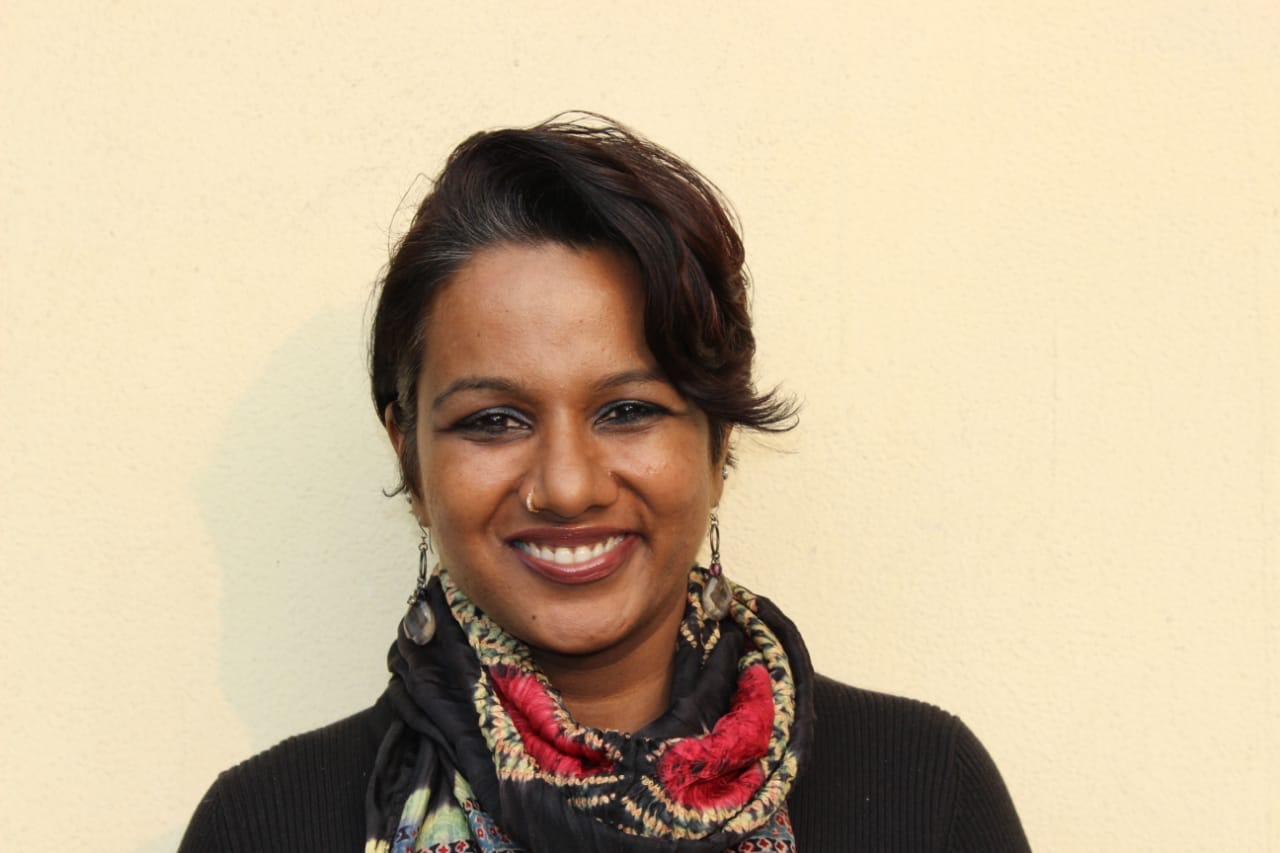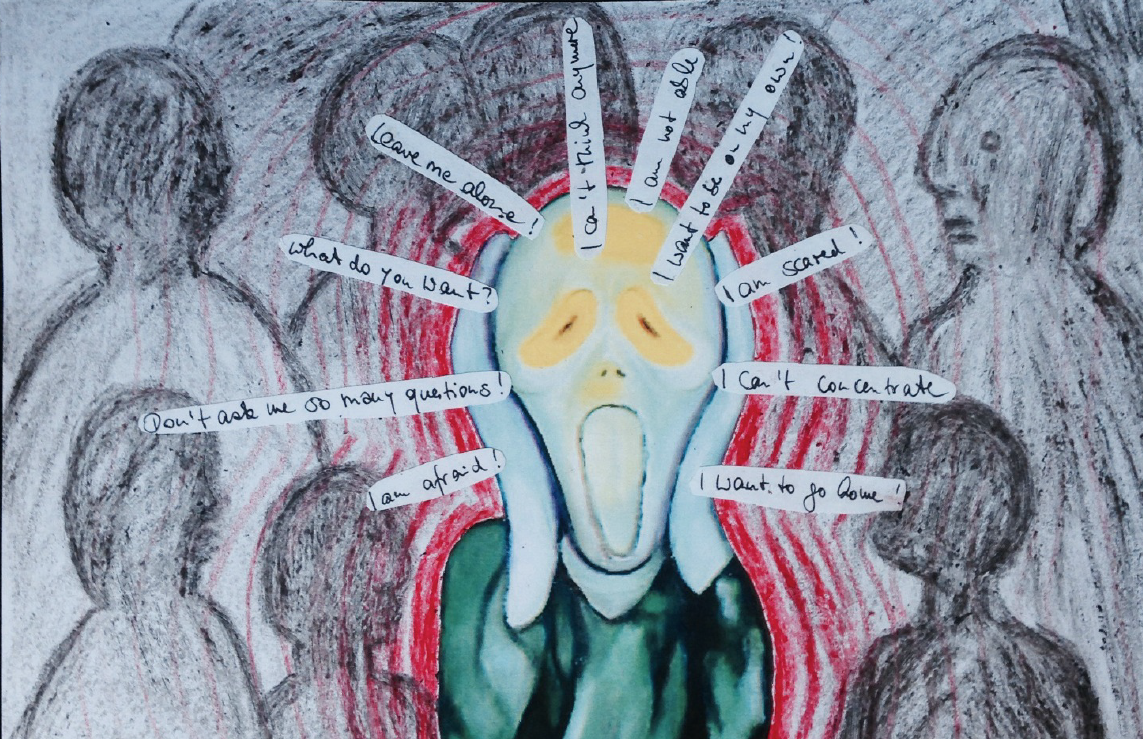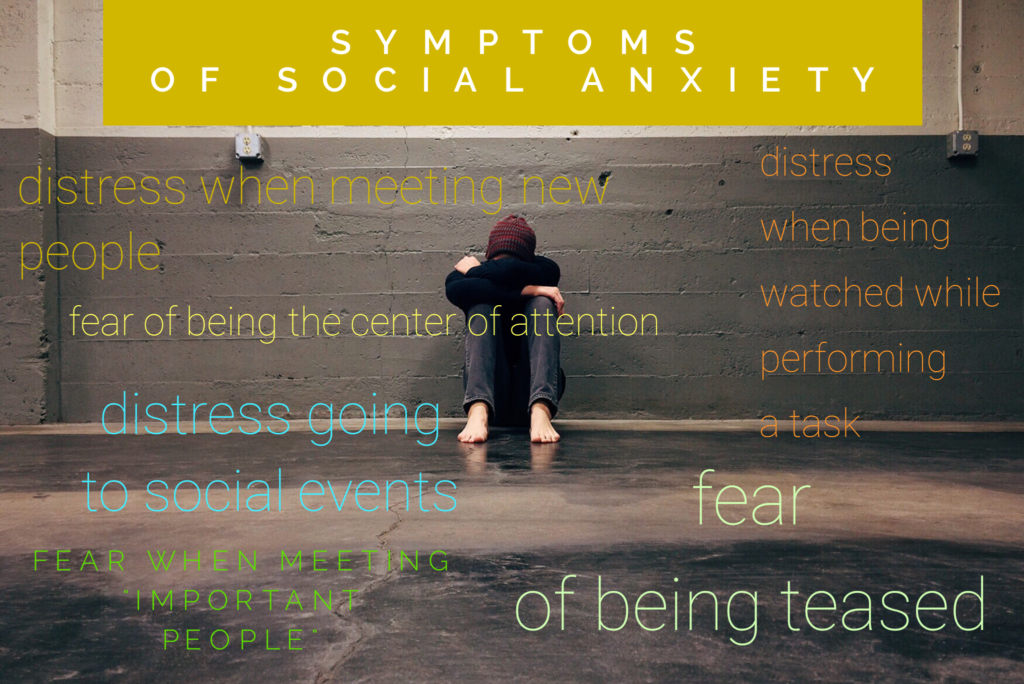Social Anxiety is Very Real: Expert Shares How You Can Deal With This Disorder
“At the outset, it is important to say that we all, at some point of time or the other, go through anxiety. It may happen before a big exam, right before an interview, or even before a first date. We must not confuse this with the social anxiety disorder,” says Aparna.

Rachna (name changed) is a 25-year-old lawyer, who has consistently performed well in all her examinations. She topped her University and bagged one of the most sought-after placements as well. None of this was a surprise to those who knew her.
Within a week of starting work, Rachna started feeling anxious while walking into the office. She started getting to work much earlier than her colleagues and would often be the last person to leave. She would ensure that all the groundwork for the meeting was complete and updated, but never attended any of the client meetings. She would always cite one reason or another for her absence.
Her immediate boss gave her a month to settle into a routine, but when things did not change even after that, he discussed her behaviour with the in-house counsellor. It was found that what Rachna was going through is a classic example of the Social Anxiety Disorder.
To understand what social anxiety disorder means and how we can deal with it, The Better India spoke to Aparna Samuel Balasundaram, Psychotherapist and Founder of LikeSkillsExperts.com.
“At the outset, it is important to say that we all, at some point of time or the other, go through anxiety. It may happen before a big exam, right before an interview, or even before a first date. We must not confuse this with the social anxiety disorder,” says Aparna.
Social Anxiety Disorders must not be confused with feeling nervous or a general apprehension towards a particular situation.

Anxiety disorders are grouped as a range of mental disorders characterised by feelings of anxiety and fear. They include generalised anxiety disorder, social anxiety disorder, specific phobia, separation anxiety disorder, panic disorder, etc.
“The way we deduce that someone has this disorder is by analysing their behaviour. It is not like taking your temperature to check if you have a fever,” says Aparna.
Another important point that Aparna makes is that these symptoms usually manifest themselves when one has to address a gathering of unknown people, enter a crowded lift, eat in front of others in a restaurant, use public restrooms etc. One can be completely normal when with immediate family members or with people you are familiar with though.
Here’s a look at some of the symptoms of this disorder:
1. The physical symptoms one may experience can range from profuse sweating, tightening of the chest, trembling voice, dry mouth, ringing in the ear, dizziness, nausea, heart racing, headache, shortness of breath, among others.
In some cases, these symptoms become so severe that they lead to a full-blown panic or anxiety attack.

Photo Source
2. Those who suffer from this disorder may also display certain cognitive symptoms like being constantly bothered by negative thoughts and self-doubt when it comes to social and performance-related situations. A tendency to look at situations in a negative light and discount all the good that you are doing could also be one of the symptoms.
3. Another manifestation of the symptoms may be behavioural. Avoiding situations that put you in contact with strange people and situations is one trait while escaping or getting away from such situations is another common trait.
Speaking about the extreme cases of Social Anxiety Disorder, Aparna says, “I have had clients who would venture into supermarkets late at night when they would not have to bump into people, make conversation or even eye-contact with them.”
Usually, these symptoms start manifesting from the age of 10. It is not an adulthood illness, and the onset is at an early stage, says Aparna. She also says that those who suffer from the disorder have a predisposition to it and situations usually trigger the symptoms.
Here’s how to help those who suffer from this disorder:
The key to managing this disorder is proper diagnosis. Once that is done, there are a few ways in which the person suffering from it can be helped.
1. Cognitive behavioural therapy and/or other psychotherapies can help address underlying issues, coping mechanisms and responses of a person, which may help in managing anxiety and its symptoms.
2. Learning relaxation and stress management techniques and exercises such as mindfulness and yoga can be beneficial in the long-term management of anxiety.

Photo Source
3. Anti-anxiety medication may be prescribed to relieve physical and emotional symptoms. Medicines should be taken only upon prescription from a qualified mental health specialist.
If you need help or know someone who does, reach out to a mental health specialist for an evaluation. Remember acknowledging that there is a problem is the first step towards setting it right.
(Edited by Shruti Singhal)
Like this story? Or have something to share?
Write to us: [email protected]
Connect with us on Facebook and Twitter.
If you found our stories insightful, informative, or even just enjoyable, we invite you to consider making a voluntary payment to support the work we do at The Better India. Your contribution helps us continue producing quality content that educates, inspires, and drives positive change.
Choose one of the payment options below for your contribution-
By paying for the stories you value, you directly contribute to sustaining our efforts focused on making a difference in the world. Together, let’s ensure that impactful stories continue to be told and shared, enriching lives and communities alike.
Thank you for your support. Here are some frequently asked questions you might find helpful to know why you are contributing?


This story made me
-
97
-
121
-
89
-
167













